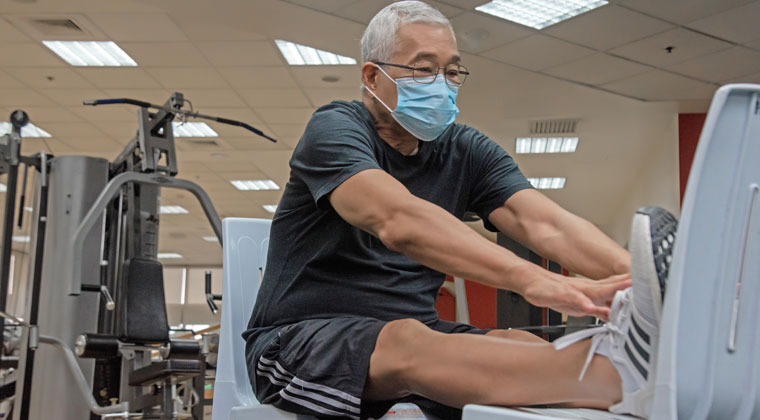Cardiac and Peripheral Vascular Laboratory
2nd Flr., Podium Building, The Medical City, Ortigas Ave. Pasig City
Operating Hours: Mon – Sat / 8 AM to 5 PM; Sunday and Holidays / 8 AM – 5 PM (but no special procedure)
8-988-1000/8-988-7000 ext. 6299
PATIENT SERVICES
Peripheral Vascular Studies Conducted in the Philippines

What are Peripheral Vascular Studies?
Peripheral vascular studies are a group of diagnostic tests used to evaluate the circulation of blood in the arteries and veins of your arms and legs. These studies help identify any blockages, narrowing, or other abnormalities in your blood vessels.
Several different tests fall under the umbrella of peripheral vascular studies, including:
- Doppler ultrasound: Uses sound waves to assess blood flow.
- Angiography: Involves injecting a dye into the blood vessels and taking X-rays to visualize blood flow.
- Plethysmography: Measures blood volume changes in a limb.
- Ankle-brachial index (ABI): Compares blood pressure in your ankles to your arms.
Who Can Benefit from a Peripheral Vascular Study?
People who may benefit from peripheral vascular studies include:
- Individuals experiencing symptoms such as leg pain, cramping, numbness, or coldness, especially when walking.
- People with risk factors for peripheral arterial disease (PAD), such as smoking, diabetes, high blood pressure, or high cholesterol.
- Patients with known or suspected blood clots in the legs (deep vein thrombosis).
- Individuals considering vascular surgery or other interventions.
When Should You Have Peripheral Vascular Studies?
If you're experiencing symptoms suggestive of peripheral vascular disease, it's vital you consult with your doctor. They will evaluate your symptoms and determine if peripheral vascular studies are necessary.
Regular check-ups for individuals with risk factors for PAD may also include peripheral vascular studies in the Philippines. Early detection and diagnosis of peripheral vascular disease are crucial for preventing complications.
How Do Peripheral Vascular Studies Work?
The specific procedure will depend on the type of test ordered by your doctor. Some common methods include:
- Doppler ultrasound: A handheld device is moved over the blood vessels, and sound waves are used to create images of blood flow.
- Angiography: A contrast dye is injected into the blood vessels, and X-rays are taken to visualize the blood vessels. This procedure is typically performed in a hospital setting.
- Plethysmography: Blood volume changes in a limb are measured using a cuff-like device.
- Ankle-brachial index (ABI): Blood pressure is measured in your ankles and arms using a blood pressure cuff.
Most peripheral vascular studies are non-invasive and can be performed in an outpatient setting. However, angiography is an invasive procedure.
What Can You Expect After Peripheral Vascular Studies?
The recovery time for peripheral vascular studies varies depending on the specific test performed. Most non-invasive tests require no recovery time, and you can resume your normal activities immediately.
If you underwent angiography, you may experience some discomfort at the injection site and bruising. Your doctor will provide specific post-procedure care instructions.
The results of your peripheral vascular studies will help your doctor diagnose any underlying conditions and develop an appropriate treatment plan.
Is There Any Preparation Needed for Peripheral Vascular Studies?
The preparation for peripheral vascular studies depends on the specific test ordered by your doctor. Some tests, like Doppler ultrasound, require no special preparation. However, for angiography, you may need to fast before the procedure, and you might be asked to stop taking certain medications. Your doctor will provide specific instructions.
Are Peripheral Vascular Studies Painful?
Most peripheral vascular studies are painless. Doppler ultrasound is completely painless. Angiography involves an injection, which may cause some discomfort. However, the area is usually numbed before the injection.
How Long Does It Take to Get the Results Of Peripheral Vascular Studies?
The time it takes to get the results of peripheral vascular study in the Philippines depends on the complexity of the tests and the specific needs of your case. In some cases, you may receive preliminary results immediately after the test, but a detailed report may take a few days.